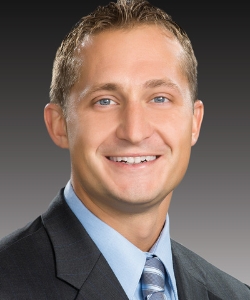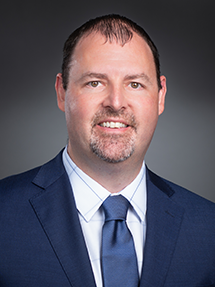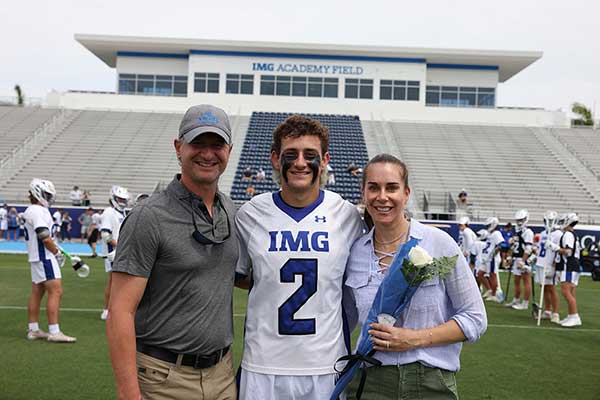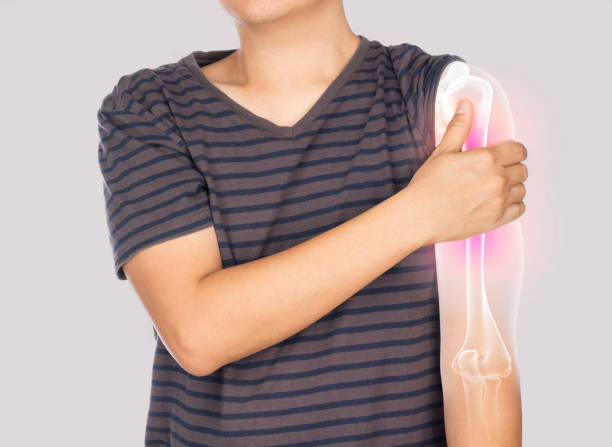How do I know if my back pain is serious?
You can know if your low back pain is serious when you experience acute or chronic back pain accompanied by aching pain, regular tiredness, and lower extremity weakness.
Most cases of low back pain are associated with injury to the muscles, joints, discs, or ligaments within your lumbar spine. Your body may react to different injuries by simply mobilizing inflammatory healing responses, which can cause severe pain. Usually, there’s an overlap of nerve supply across the muscles, ligaments, discs, and a significant number of spinal structures. In this case, your brain may not be able to accurately sense the source of the cause of your pain. For instance, a torn lumbar disc is likely to feel just like a pulled muscle.
Both incidents create inflammation, as well as painful muscle spasms in the same location. The pain enables orthopedic specialists such as Dr. Philip Meinhardt M.D. at Sforzo | Dillingham | Stewart Orthopedics + Sports Medicine to determine the cause and provide the most appropriate treatment options.
Major causes of low back pain include:
The above-named injuries may include:
A pulled or torn muscle and ligament is the most common causes of lower back pain. You can suddenly experience a low back strain or sprain from repetitive movements, as explained here:
Whichever case affects your lower back, rest assured that the symptoms and treatment options are the same.
Here are common types of strain and sprain:
Even though sprains and strains may not look that serious or cause long-lasting pain, their acute pain can turn out to be severe.
With chronic lower back pain, you can expect prolonged pain that can last for more than three months. This type of pain exceeds your body’s natural healing process, especially if found in your lower back. Chronic pain in your lower back involves a joint problem, disc problem, or irritation to nerve roots.
Below are common causes of lower back pain:
Dr. Philip Meinhardt M.D. is a board-certified, fellowship-trained orthopedic surgeon specializing in spinal pathology. According to him and his team of orthopedic surgeons at Sforzo | Dillingham | Stewart Orthopedics + Sports Medicine, the presence of the above-listed conditions may not necessarily be the cause of your lower back pain. Some of these conditions can even appear during the imaging study without causing any significant pain in your low back.
In most cases, lower back pain starts as acute pain that results from an injury. With time, this pain may become chronic. If you manage your pain at the right time, you can help limit the severity of the symptoms linked to both lower left back pain and lower right back pain.
Common symptoms and signs of low back pain include:
There are many ways you can experience low back pain, although this condition varies from one person to another. Mental and emotional health are great contributors to the severity of low back pain. Financial stress, activity levels, and strenuous exercises can also aggravate your lower back pain.
Low back pain is classified into the following categories:
When it comes to the diagnosis of low back pain, Philip Meinhardt M.D. will examine your medical history before performing a physical examination. In the course of your examination, they will establish the condition of your lower back pain.
The diagnosis process will determine the treatment plan and how long the healing process will take. The doctor may even suggest surgery, depending on the severity of your problem. In case you have evidence of infection or a history of trauma, you may undergo lab tests or have an X-ray of your lower back taken for further examination.
Many treatment options for low back pain are available. Each option is tailored to meet your needs and preference. Treatment may include home care, alternative care, medical remedies, or surgery. As you may expect, some treatments may turn out to be more effective than others. For that reason, a combination of different options is recommended.
Yes, there are several home remedies for low back pain. A perfect example is a yoga for lower back pain and exercises for lower back pain. Exercises can be part of your physical therapy to help relieve lower back pain during pregnancy, pain in the lower left abdomen and back, sharp lower pain, or lower back pain right side.
The effect of low back pain on society and the workplace is widespread. Low back pain is a complex health condition influenced by exogenous and endogenous factors that can alter your productivity in your day-to-day affairs. Proper diagnosis and treatment are necessary to help you lead a normal life.
Yes, it’s possible to prevent low back pain by keeping your back muscles strong. To achieve this feat, you must do back stretching and strengthening exercises twice weekly, stand or sit up straight, and avoid heavy lifting. You should also strive to stay active and healthy to prevent being of overweight.
Dr. Philip Meinhardt, MD is a board-certified orthopedic surgeon and fellowship-trained spine surgeon. He specializes in adult spinal surgeries including reconstruction of spinal deformities, minimally invasive/microscopic spinal procedures, decompression, spinal instrumentation, fusion procedures, and microscopic cervical disc replacements. Additionally, Dr. Meinhardt offers the latest in biological regenerative medicine injections and regenerative treatments helping many patients eliminate the need for surgery.
Also known as the lumbar spine, your low back is an incredibly well-engineered structure in your body. Your lumbar spine comprises interconnecting bones, nerves, joints, muscles, and ligaments. Together, these components provide the support, flexibility, and strength you need to perform various activities.
Your lumbar spine can make your low back susceptible to pain and injury, which can negatively impact your daily activities. To understand the causes, symptoms, diagnosis, and treatment of low back pain, contact the office of Sforzo l Dillingham l Stewart Orthopedics + Sports Medicine to schedule your appointment.
You can know if your low back pain is serious when you experience acute or chronic back pain accompanied by aching pain, regular tiredness, and lower extremity weakness.
When the pain prevents you from attending to your normal duties. So, you should seek medical attention immediately.
Low back pain is linked to problems of your spine, including internal organs such as kidneys, pancreas, large intestine, and appendix.
The main cause of low back pain is herniated discs and degenerative discs.
As healthcare is ever changing, Sforzo | Dillingham | Stewart Orthopedics + Sports Medicine, is doing things differently…






